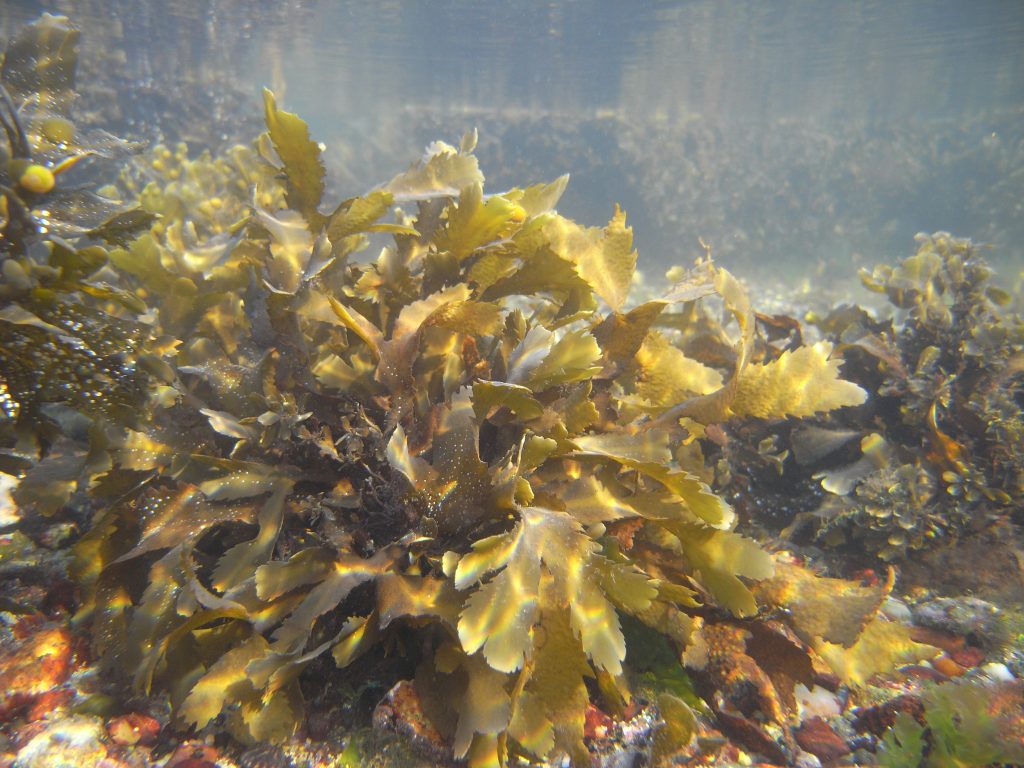Seaweed has long been celebrated for its culinary versatility and nutritional benefits, making it a popular ingredient in dishes around the world. From sushi to soups, its unique flavors and essential nutrients have made it a staple in many cuisines. However, recent research sheds light on the potential risks associated with consuming seaweed, particularly in regions like Hawaii, where it plays a significant role in local diets.
A recent publication in ACS Food Science & Technology provides a comprehensive analysis of six species of seaweeds collected around Hawaii, focusing on their essential nutrients and heavy metal content. Led by Kacie Ho and her team, the study aimed to evaluate the balance between beneficial compounds and potentially harmful substances in these edible varieties.
Seaweeds have a remarkable ability to accumulate elements from their surrounding environment, which can include essential minerals as well as toxic heavy metals. The study found that four out of the six tested seaweeds were excellent sources of essential minerals, providing over 20% of the recommended daily value per serving of iron, manganese, or both calcium and magnesium. This highlights the nutritional richness of Hawaiian seaweeds and their potential to contribute to a healthy diet.
However, the analysis also revealed concerning levels of heavy metals in certain species. Two wild varieties, S. aquifolium and S. echinocarpum, were found to contain high levels of arsenic-containing compounds, exceeding safe consumption limits established by other countries. Similarly, two farmed species, H. formosa and G. parvispora, exhibited elevated levels of lead, surpassing recommended safety thresholds for eating in Taiwan.
These findings underscore the importance of understanding the factors that influence the nutrient and heavy metal content of seaweeds, including species type and growing conditions. While traditional cooking methods such as boiling or rinsing may help remove some harmful substances, they could also diminish the beneficial nutrients present in seaweed.
To address these concerns, the researchers are collaborating with seaweed growers to investigate the impact of growing location and cooking practices on the composition of Hawaiian seaweeds. By gaining a deeper understanding of these factors, they hope to inform future regulations and ensure the production of safe and nutritious seaweed food products.
While edible seaweed offers valuable nutritional benefits, consumers must be mindful of potential risks associated with heavy metal exposure. Through ongoing research and collaboration, efforts can be made to mitigate these risks and promote the responsible consumption of seaweed as part of a balanced diet.
